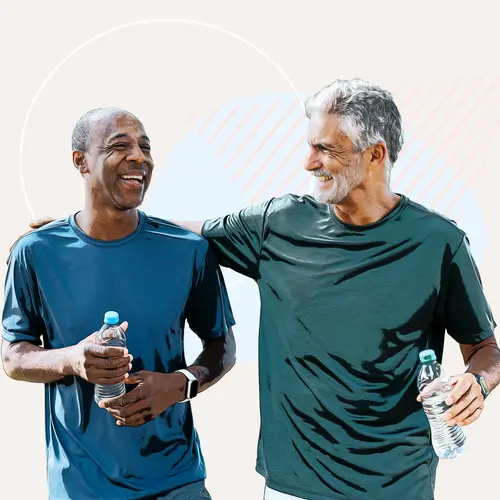Nov. 14, 2023 – The gap in life expectancy between men and women is increasing because more men are dying due to drug overdoses, suicide, and gun violence.
Women now live 5.8 years longer than men, on average, which is the largest difference since 1996. As recently as 2010, the gap was just 4.8 years.
Among the biggest factors behind the widening life expectancy gap are COVID-19, opioid overdoses, suicide, and homicide, a new analysis published Monday in JAMA Internal Medicine shows. Deaths linked to drug use – including alcohol – and mental health problems or violence are sometimes referred to by public health professionals as “deaths of despair.”
Those major causes have joined a list of other health problems that have added to men’s decreasing life spans in the last decade, such as heart problems that are strongly linked to smoking. Women have outlived men for more than a century, the researchers noted.
For men and women combined, the average life expectancy was 76.1 years in 2021, down from 77 years in 2020 and 78.8 years in 2019, the authors reported. Babies born in 2021 were predicted to live until age 73.2 if they are male, and until age 79.1 if they are female, according to CDC data used by the researchers.
While the impact of COVID on the increasing gender gap in life expectancy has been understood from prior research, the authors wrote that they wanted to research the impact of other contributing factors, too.
“While rates of death from drug overdose and homicide have climbed for both men and women, it is clear that men constitute an increasingly disproportionate share of these deaths,” lead author Brandon Yan, MD, MPH, a resident physician at the University of California, San Francisco, and researcher at the Harvard T.H. Chan School of Public Health, said in a statement.
The authors noted that the higher COVID death rate among men was likely due to men having more high-risk health conditions than women, unhealthy lifestyle factors, and also because men were more likely to work, be incarcerated, or be homeless.
Beyond COVID, the authors pointed to violence, mental health, and the high rate of men having multiple health issues such as any combination of obesity, high blood pressure, diabetes, and high cholesterol.
“Differentially worsening mortality from diabetes, heart disease, homicide, and suicide suggest that chronic metabolic disease and mental illness may also contribute” to the gender gap in life expectancy, the authors wrote. “The increase in overdose deaths, homicide, and suicide underscore twin crises of deaths from despair and firearm violence.”
